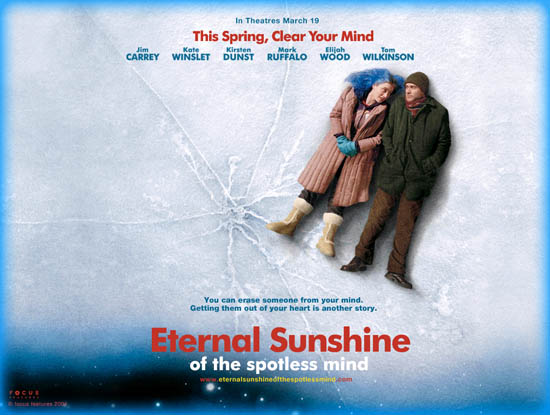The Captivating World of Arthouse Cinema
In the realm of cinema, arthouse films have captured the hearts of many since their rise to popularity in the 1960s and 70s. These films, known for their equal parts pretentiousness and inspiration, have intrigued audiences by offering a unique cinematic experience beyond big-budget blockbusters and conventional adaptations. Directors like Ingmar Bergman and Jean-Luc Godard garnered international attention from critics and film festivals, bringing arthouse cinema to the forefront. Classics such as Jacques Demy’s “The Umbrellas of Cherbourg” and Federico Fellini’s “8 ½” left a deep cultural impact and are still revered today.
However, the 1980s marked a turning point for arthouse cinema as the modern blockbuster emerged, leading to a decline in its popularity and a loss of the wider audience it once enjoyed. Despite this setback, arthouse cinema has made a resurgence thanks to the accessibility offered by streaming services like The Criterion Channel, HBO Max, and Kanopy. These platforms now boast a vast selection of previously hard-to-find arthouse titles, making it easier than ever to explore this often intimidating world.
Exploring the Arthouse Universe: A Journey of Discovery
If you’ve always been intrigued by arthouse cinema but never knew where to start, fear not. We’ve compiled a list of seven films that serve as excellent introductions to the style, ordered from most to least accessible. These films embrace the characteristics of arthouse cinema while still appealing to a wider audience.
1. “Eternal Sunshine of the Spotless Mind” (2004)
Director: Michel Gondry
With “Eternal Sunshine of the Spotless Mind,” screenwriter Charlie Kaufman and director Michel Gondry merge arthouse influences with the romantic comedy genre. The film follows Joel (Jim Carrey) as he undergoes a procedure to erase memories of his ex-girlfriend (Kate Winslet). Most of the film takes place within Joel’s mind, intertwining memories that twist, modify, and collapse. It poses the question: Is living without painful memories worse than enduring the pain of a broken relationship? Although not strictly an arthouse film, “Eternal Sunshine of the Spotless Mind” exhibits characteristics that make it a compelling introduction to the style.
2. “Wild Strawberries” (1957)
Director: Ingmar Bergman
It would be remiss not to mention Ingmar Bergman, a master of arthouse cinema. Although his filmography includes several acclaimed works, “Wild Strawberries” serves as an ideal gateway. The story revolves around an elderly professor (Victor Sjotstrom) who embarks on a journey with his daughter-in-law (Ingrid Thulin) to receive an honorary degree. Throughout the trip, he revisits places from his childhood and encounters various characters, prompting introspection and reflection on his life choices. Bergman’s focus on character development rather than plot may feel slow to some, but with a concise runtime and a digestible narrative, “Wild Strawberries” strikes a balance between artistic merit and mass appeal.
3. “Annihilation” (2018)
Director: Alex Garland
Genre films provide arthouse filmmakers with a platform to explore their ideas within expected plot elements and character archetypes. “Annihilation” exemplifies this approach, as writer/director Alex Garland adapts Jeff VanderMeer’s ethereal sci-fi odyssey into a mesmerizing work. The film follows a group of scientists (Natalie Portman, Jennifer Jason Leigh, Gina Rodrigues, and Tessa Thompson) as they navigate a mysterious area called “The Shimmer.” With an increasingly incomprehensible plot, the film surprises viewers with new dangers and plot twists at every turn. While some may find the story perplexing, the persistent metaphors and symbols create a solid thematic foundation that encourages active analysis, a hallmark of arthouse films.
4. “The Tree of Life” (2011)
Director: Terrence Malick
Arthouse films often divide critics and audiences, and Terrence Malick’s “The Tree of Life” is no exception. This magnum opus, which won the Palme d’Or and earned multiple Oscar nominations, delves into the fictionalized childhood of the director himself. Central to the narrative is young Jack (played by Hunter McCracken and Sean Penn) as his parents (Jessica Chastain and Brad Pitt) embody conflicting wills that create turmoil in his life. Malick employs dreamlike visuals, nonlinear storytelling, and even includes a segment depicting the formation of the universe. While the movie may appear nonsensical on the surface, these elements contribute to its deeper meaning and provide a rewarding experience for attentive viewers.

